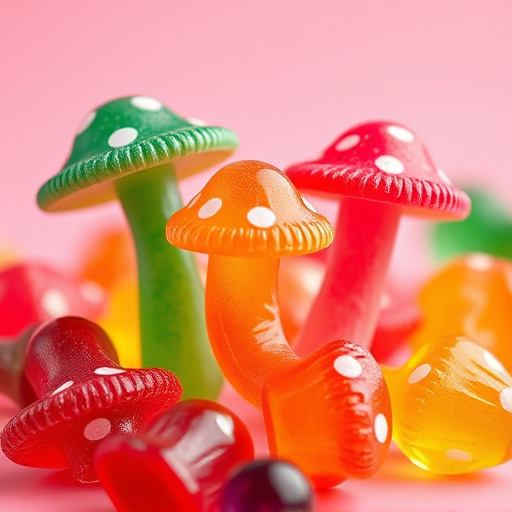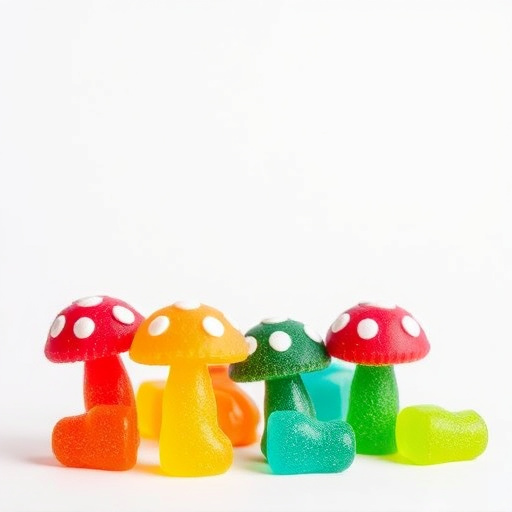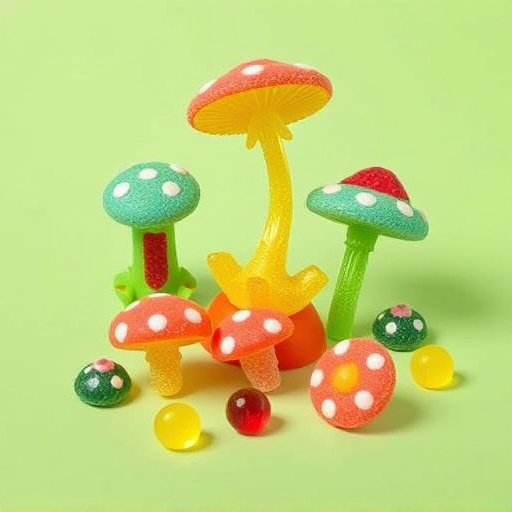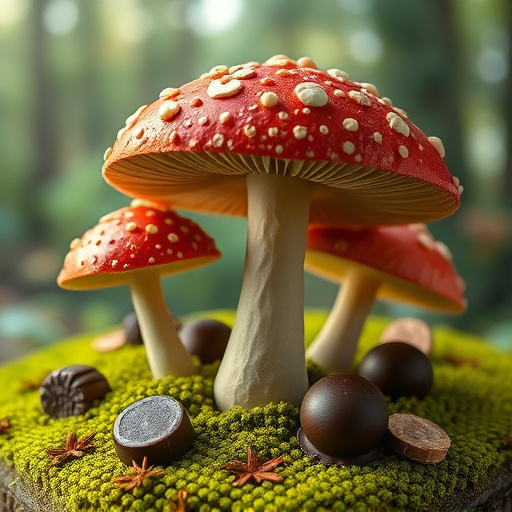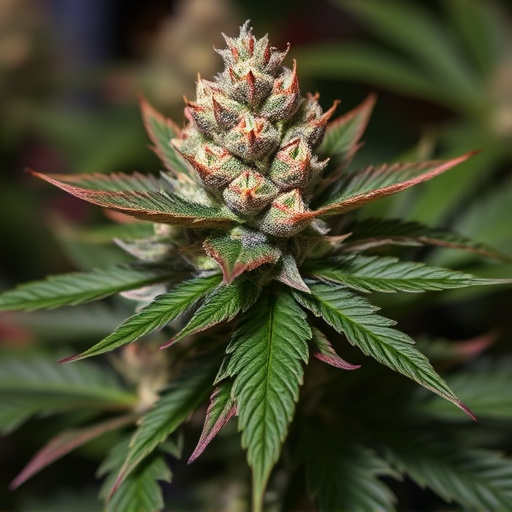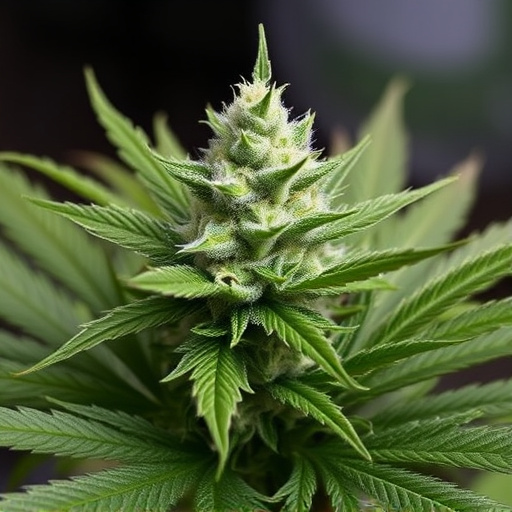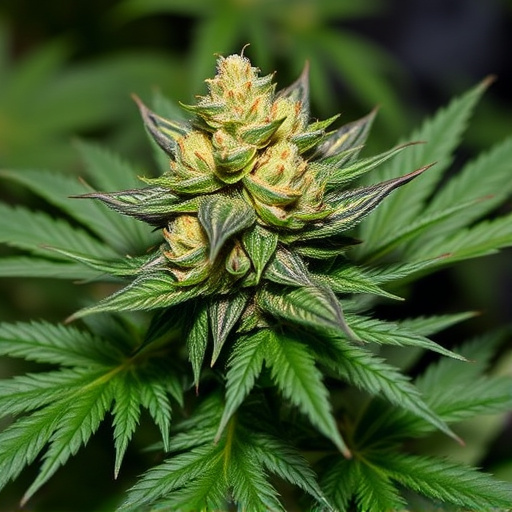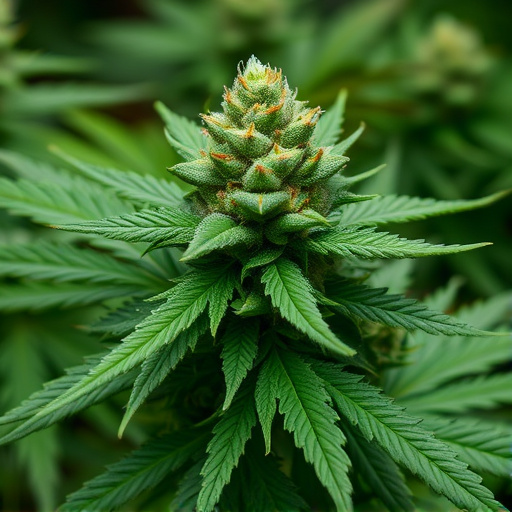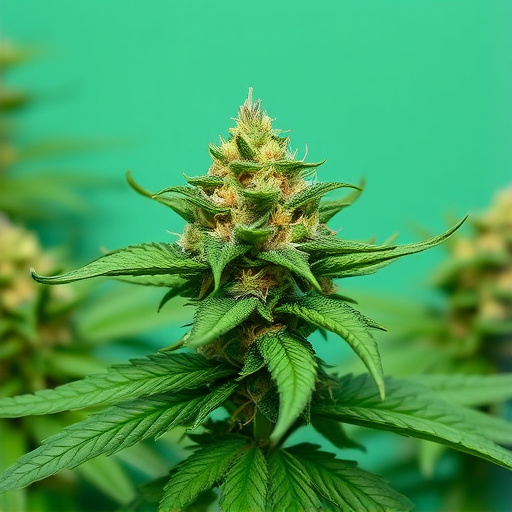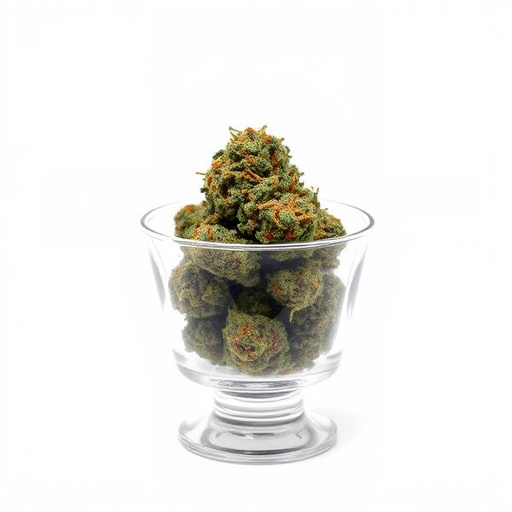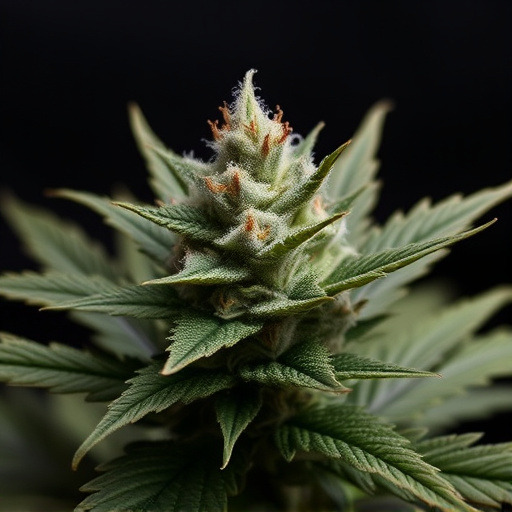Cannabis cup strains' vibrant colors reveal the complex relationship between cannabinoids, plant pigments like anthocyanins and carotenoids, influencing visual appeal and potential therapeutic benefits. Growers can manipulate light and temperature to enhance these colors, while genetic composition and breeding techniques determine color variations. Proper cultivation techniques ensure optimal nutrient support for healthy growth and enhanced pigment development, resulting in the captivating cannabis cup strains celebrated for their aesthetic and potential medicinal attributes.
Uncover the enigmatic causes behind the vibrant hues of purple, red, and blue in your favorite cannabis cup strains. This article delves into the complex interplay between cannabinoids and pigments that create these unique colors. We explore genetic factors that drive variation among strains and uncover environmental influences shaping their striking visual appeal. By understanding these elements, you’ll gain a deeper appreciation for the diversity and artistry within the cannabis world.
- Understanding Cannabinoids and Pigments in Cannabis Cup Strains
- Genetic Factors Behind the Color Variation
- Environmental Influences on the Development of Purple, Red, and Blue Tints
Understanding Cannabinoids and Pigments in Cannabis Cup Strains
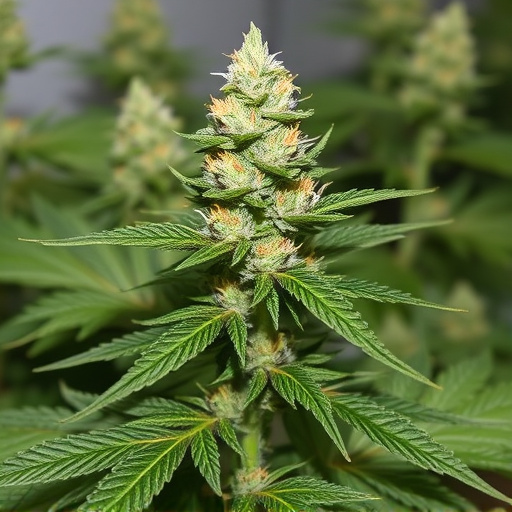
Cannabis enthusiasts and scientists alike are fascinated by the vibrant hues that adorn various cannabis cup strains. The colors—purple, red, and blue—are not just visually striking; they offer a window into the complex interplay of cannabinoids and pigments within the plant. Cannabinoids, such as THC and CBD, play a significant role in determining the plant’s appearance. These compounds interact with specific enzymes, leading to the production of various pigments, including anthocyanins (responsible for reds and purples) and carotenoids (which contribute to yellows and oranges).
The unique combinations of cannabinoids and their interaction with these pigments result in the distinctive colors seen across cannabis cup strains. This natural process not only adds aesthetic appeal but also hints at potential therapeutic benefits. Understanding these chemical interactions allows cultivators to manipulate environmental factors, like light and temperature, to enhance or alter the final color and, by extension, the overall cannabis experience.
Genetic Factors Behind the Color Variation
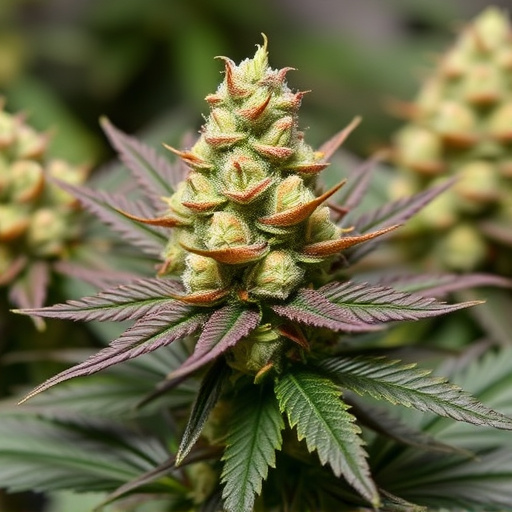
The genetic makeup of cannabis plants plays a pivotal role in determining their color variation, including the striking purple, red, and blue hues seen in certain strains. Each color is the result of specific pigments and chemical compounds interacting within the plant’s cells. For instance, anthocyanins are responsible for shades of red and purple, while carotenoids contribute to yellow and orange tints. In rare cases, cannabis plants can produce both types of pigments simultaneously, creating unique colors like blue or deep violet.
Breeders often manipulate these genetic factors to create renowned cannabis cup strains with specific colors. By selecting and breeding plants with desirable pigment profiles, they can develop strains known for their vibrant appearances. These efforts not only captivate growers and enthusiasts but also highlight the intricate relationship between genetics, biochemistry, and the visual appeal of cannabis flowers.
Environmental Influences on the Development of Purple, Red, and Blue Tints
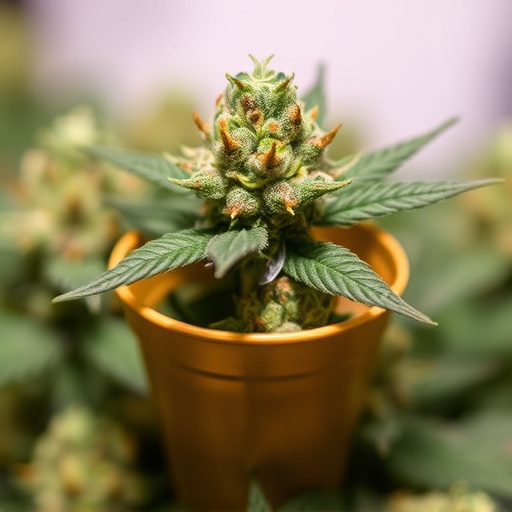
The development of purple, red, and blue tints in cannabis is a fascinating process influenced by various environmental factors. These colors are often associated with specific cannabis cup strains, renowned for their unique visual appeal and distinct flavors. One key influence is light exposure; different wavelengths of light can trigger the production of anthocyanins, pigments responsible for the vibrant hues. For instance, cooler temperatures and less intense sunlight encourage the growth of red and blue strains, as plants adapt to protect themselves from UV radiation. Additionally, certain nutrients in the soil, such as manganese and iron, play a crucial role in determining the intensity of these colors. Proper cultivation techniques, including optimal pH levels and adequate watering, ensure that these essential elements are readily available for plant absorption, thereby enhancing the expression of anthocyanins.
Furthermore, genetic predisposition within cannabis varieties contributes to the range of colors observed. Different strains have unique genetic makeups, leading to variations in pigment expression. Crossbreeding and selective breeding practices aim to preserve or enhance specific color traits sought after by cultivators and enthusiasts alike. Environmental conditions interact with these genetic factors, creating a dynamic interplay that results in the stunning purple, red, and blue cannabis cup strains admired for their visual beauty and potential therapeutic benefits.
The vibrant colors of purple, red, and blue in cannabis are not just aesthetic; they result from a complex interplay of cannabinoids, genetic mutations, and environmental cues. By understanding these factors, cultivators can optimize conditions to produce desirable cannabis cup strains with unique pigment profiles. These variations not only enhance the visual appeal but also offer potential therapeutic benefits, making exploration in this area both captivating and scientifically significant.
